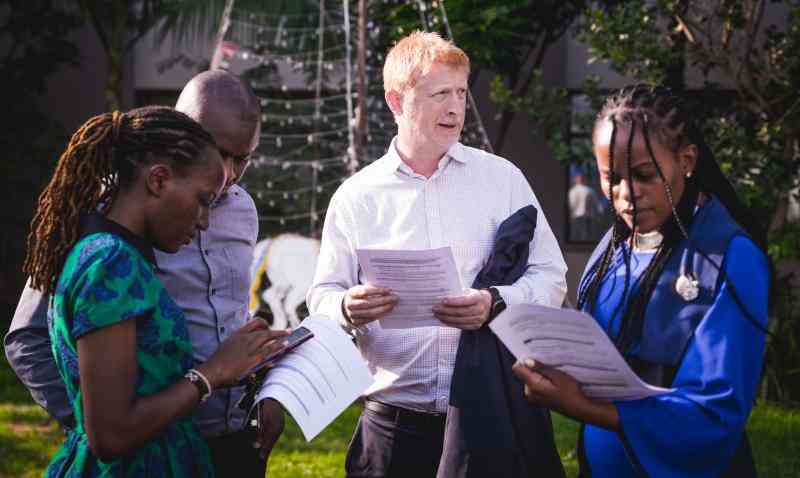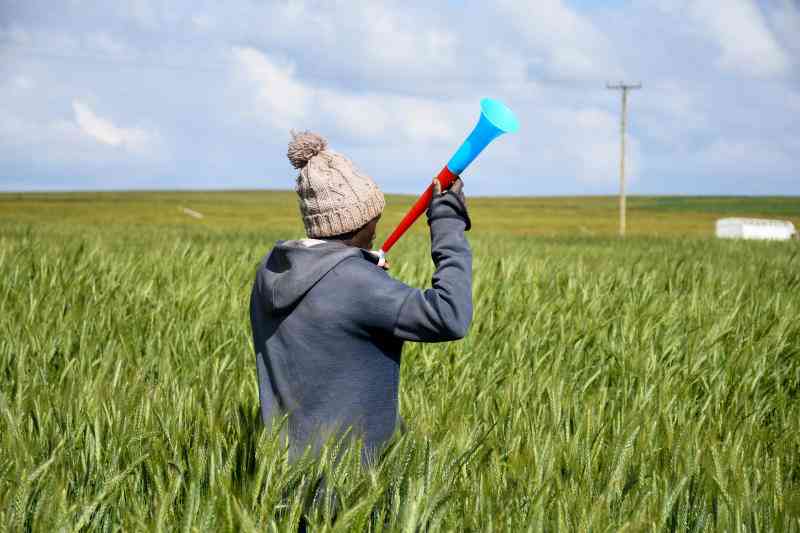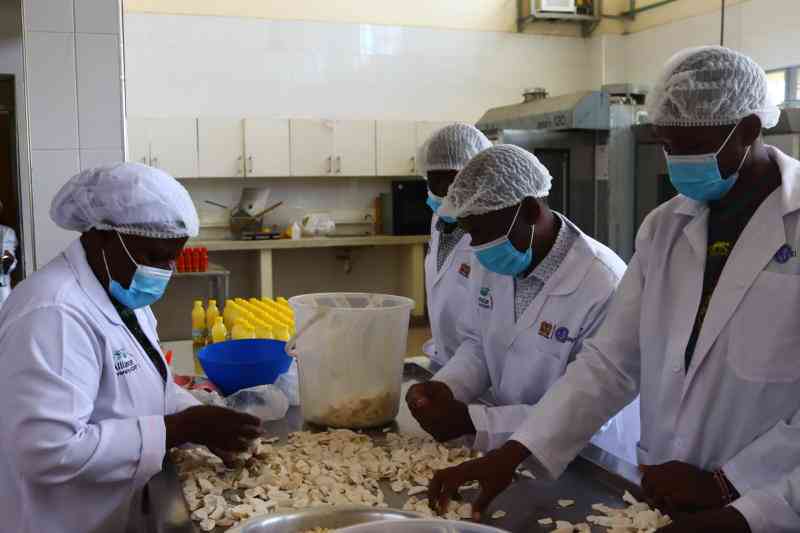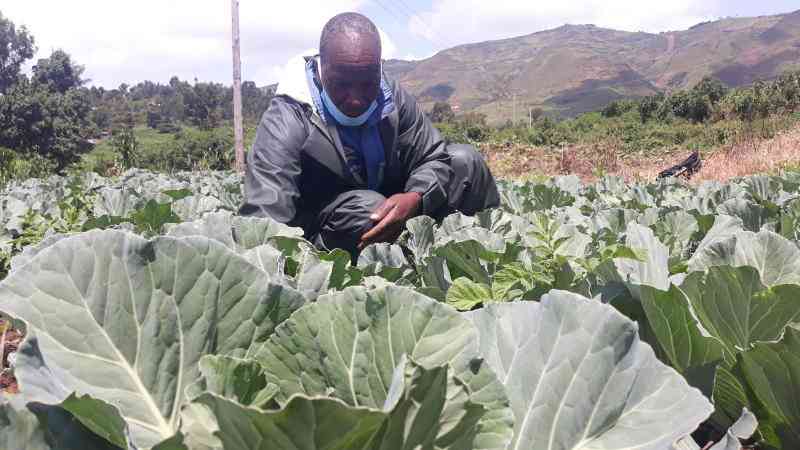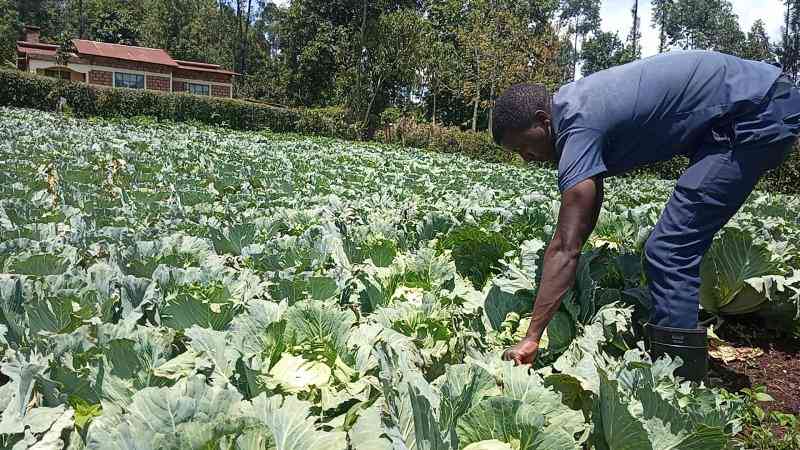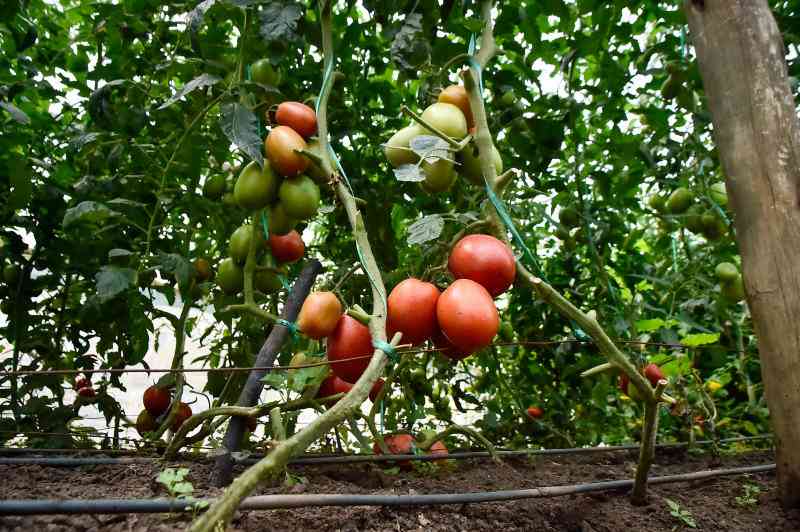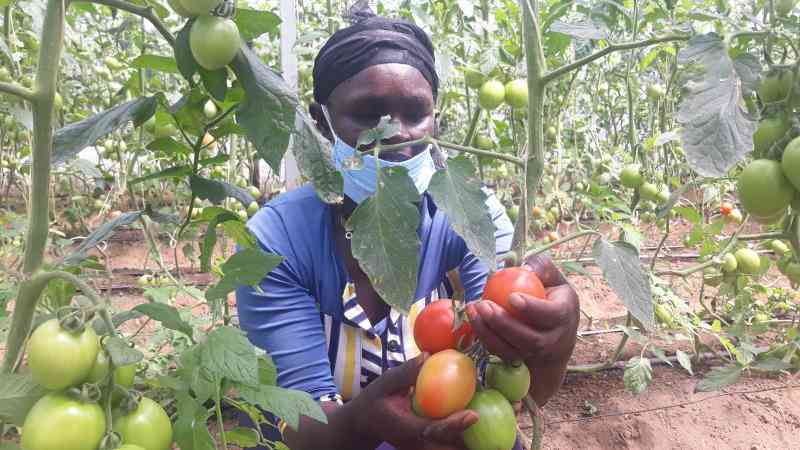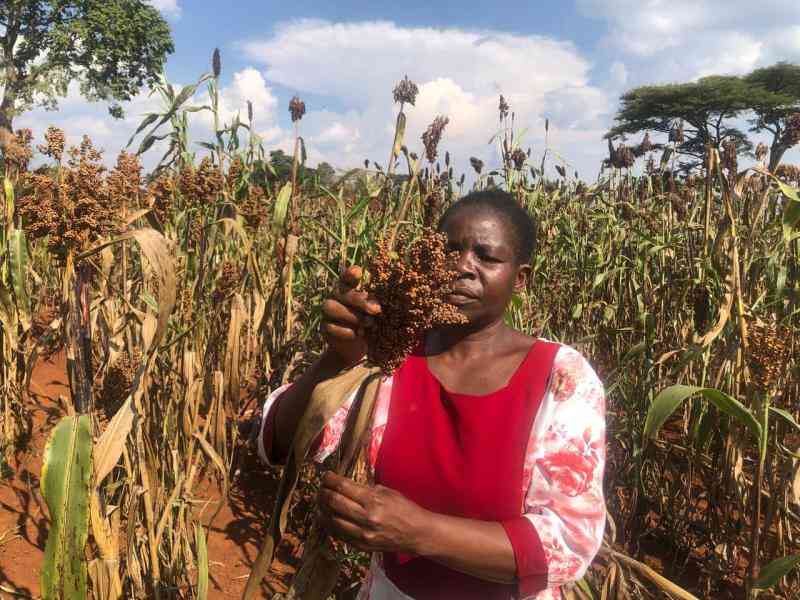
Anastasia Anyango, examining her sorghum crop.
At the Busia Agricultural Training Centre, a vibrant celebration is underway. Women and men, united in song and dance, gather around tables showcasing an array of food crops — maize, cassava, green grams, groundnuts, and most prominently, a variety of sorghum samples. The festive atmosphere marks the conclusion of a groundbreaking three-year program that could redefine the future of agriculture in Kenya, particularly in the face of climate change.
Sorghum, often underappreciated, is being hailed as a key crop in the battle against climate change, thanks to a collaborative effort between scientists and farmers. The initiative, led by Dr Desterio Ondieki Nyamongo, director of the Genetic Resources Institute (GeRRI) at the Kenya Livestock and Research Organization (Kalro), has focused on leveraging the rich diversity of sorghum seeds conserved in the national gene bank.
“Over the past three years, we’ve provided farmers with access to diverse sorghum seed varieties from the national gene bank,” explains Dr. Nyamongo. “Our goal has been to identify which of these varieties are best suited to the changing weather conditions, as farmers have struggled with limited access to well-adapted seeds.”
The programme engaged 26 farmer groups in Western Kenya, involving them in what is known as "citizen science" or participatory selection. Farmers were invited to choose from approximately 2,000 sorghum accessions grown in trial fields, narrowing down to 50 preferred varieties. These were then distributed to the farmers for further testing in their own fields.
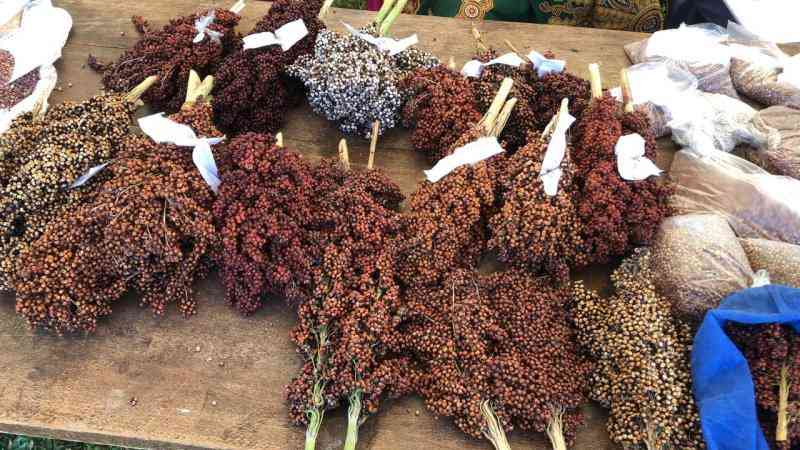
Anastasia Onyango, a farmer from Busia County, shares her transformative experience: “I used to believe sorghum was only for the elderly, and I had sworn never to grow it due to the bird damage it suffered. However, after participating in Kalro’s trainings and trying out the new varieties, I harvested a bumper crop. Sorghum is now my main source of income and a staple in my family’s diet.”
This initiative is not just about farming; it’s about survival and adaptation. Sorghum’s resilience to drought and its versatility in cooking make it an ideal crop in the face of erratic weather patterns. According to Dr. Peterson Wambugu, a chief research scientist at the National Genebank, the seed fair held at the Busia Agricultural Training Center was a crucial step in raising awareness about the potential of sorghum. It also raised awareness about the role of the National Genebank in supporting farmers to enhance the varietal diversity available to them by accessing well-adapted planting materials conserved at the Genebank.
- Misdiagnosis, climate change to blame for pathogens' resistance to drugs
- Scorching truth: How climate change aggravates brain diseases
- Africa pushes for climate justice at COP 29, seeks $1.3tr financing promise
- Climate crisis leave millions in distress - UN
Keep Reading
“The seed fair allowed farmers to share seeds and learn from each other,” says Dr. Wambugu. “It also gave us valuable feedback to guide the next phase of our research. Sorghum’s versatility, combined with its hardiness, makes it a powerful tool in mitigating the effects of climate change.”
The programme’s success stories extend beyond Kenya. Kalro has partnered with the University of Hawaii in a two-year research collaboration focused on sorghum. Quinn Campbell, a PhD student from the University of Hawaii, is spearheading a study comparing sorghum gene resources collected in Kenya in 1978 with those collected in 2024. The aim is to understand how these genetic resources have adapted to the current climatic conditions.
“We’re hoping to identify genes responsible for climate change adaptation,” explains Campbell. “These genes could be crucial for developing new, more resilient sorghum varieties. By comparing the genetic makeup of sorghum from the past and present, we can see how the crop has evolved and how we can use this knowledge to improve food security.”
The future of sorghum is bright, with potential beyond just sustenance. At the fair, Mama Mebo Sherry Nambiru, a chef and value addition expert, demonstrated the crop’s versatility in the kitchen. “Sorghum is not just for making ugali and porridge,” she says. “I’m showing women how to create a variety of delicious and nutritious dishes using sorghum, encouraging them to embrace it as a major ingredient in their cooking,”.
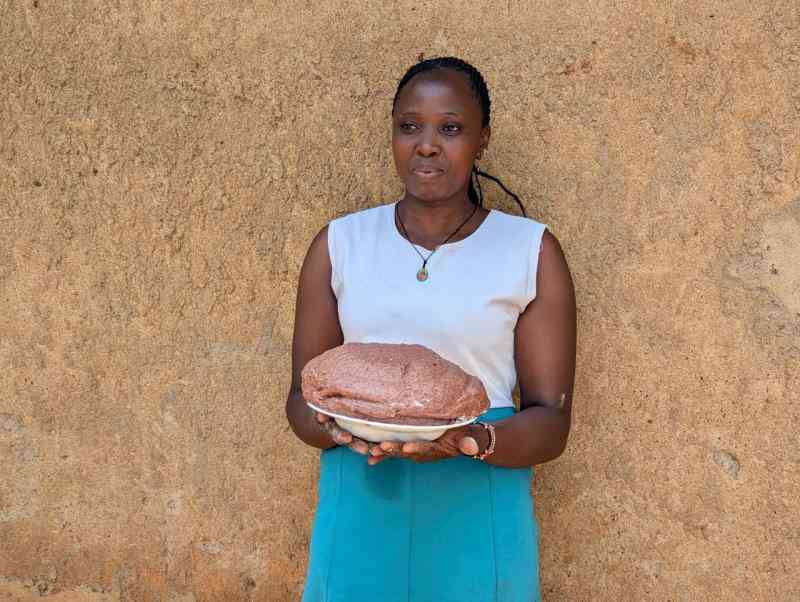
In partnership with Seed Savers Network, Rongo and Maseno University, GeRRI has been implementing the Seeds for Resilience project (SFR), which is an initiative that is being coordinated by the Crop Trust with funding from the German government via the German Development Bank (KfW).
The objective of sharing seeds with farmers was to use GeRRI’s germplasm collection to enhance diversity as a way of enhancing resilience and adaptation to climate change and its effects.
As the programme concludes, the hope is that sorghum will play a significant role in ensuring food security in Kenya and beyond. With the combined efforts of scientists and farmers, sorghum is poised to become a cornerstone of climate-resilient agriculture.
 The Standard Group Plc is a multi-media organization with investments in media platforms spanning newspaper print
operations, television, radio broadcasting, digital and online services. The Standard Group is recognized as a
leading multi-media house in Kenya with a key influence in matters of national and international interest.
The Standard Group Plc is a multi-media organization with investments in media platforms spanning newspaper print
operations, television, radio broadcasting, digital and online services. The Standard Group is recognized as a
leading multi-media house in Kenya with a key influence in matters of national and international interest.

